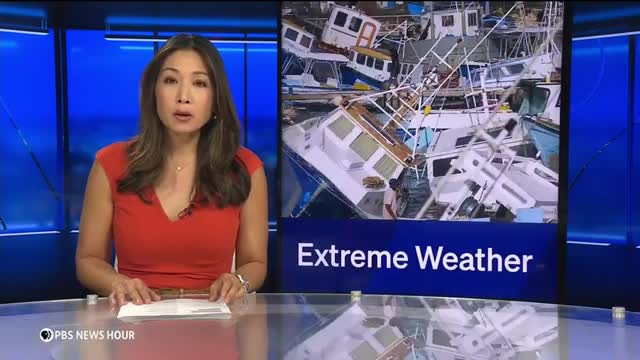Hurricane Beryl wreaks havoc as Biden tackles heat dangers

This article was created by AI summarizing key points discussed. AI makes mistakes, so for full details and context, please refer to the video of the full meeting. Please report any errors so we can fix them. Report an error »

Hurricane Beryl is currently threatening Jamaica, the Cayman Islands, and Haiti after causing significant destruction in the Southeast Caribbean, particularly in Grenada, where at least six fatalities have been reported. Although the storm has weakened from a category 5 to a category 4, officials warn that it still poses a serious risk with potentially life-threatening winds and storm surges.
In the United States, the Biden administration has introduced a new rule aimed at protecting workers from the dangers of excessive heat exposure. This regulation mandates that employers create heat hazard plans to safeguard their employees. President Biden emphasized the importance of this measure during a visit to Washington D.C.'s emergency operation center, stating that it will save lives. The rule is expected to benefit over 36 million workers across various sectors, including agriculture, construction, and manufacturing, who are at risk of heat-related illnesses and fatalities.
As the nation prepares for the Fourth of July holiday, dangerously high temperatures are affecting parts of California, with Sacramento and the Central Valley anticipating record highs. In response to the heat, Pacific Gas and Electric (PG&E) has begun implementing power shutoffs in certain areas to mitigate the risk of wildfires.
In the United States, the Biden administration has introduced a new rule aimed at protecting workers from the dangers of excessive heat exposure. This regulation mandates that employers create heat hazard plans to safeguard their employees. President Biden emphasized the importance of this measure during a visit to Washington D.C.'s emergency operation center, stating that it will save lives. The rule is expected to benefit over 36 million workers across various sectors, including agriculture, construction, and manufacturing, who are at risk of heat-related illnesses and fatalities.
As the nation prepares for the Fourth of July holiday, dangerously high temperatures are affecting parts of California, with Sacramento and the Central Valley anticipating record highs. In response to the heat, Pacific Gas and Electric (PG&E) has begun implementing power shutoffs in certain areas to mitigate the risk of wildfires.
View full meeting
This article is based on a recent meeting—watch the full video and explore the complete transcript for deeper insights into the discussion.
View full meeting